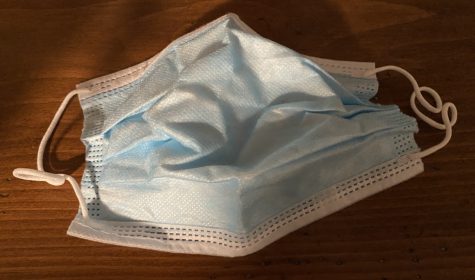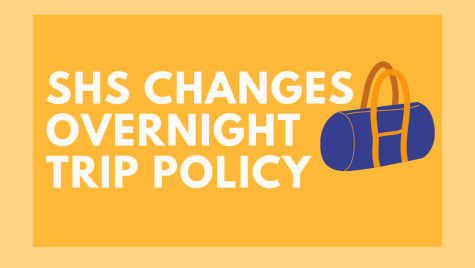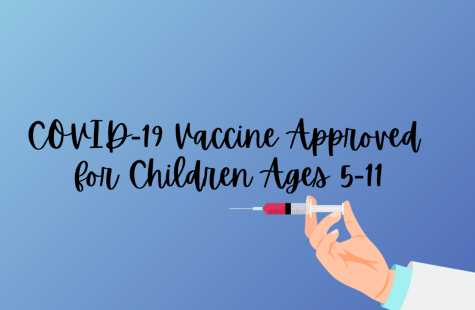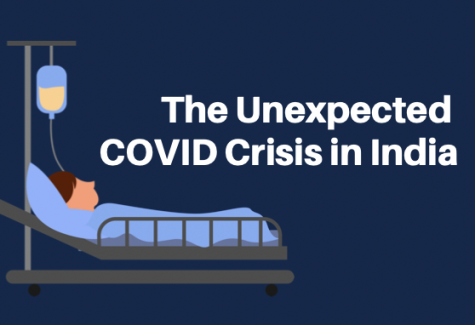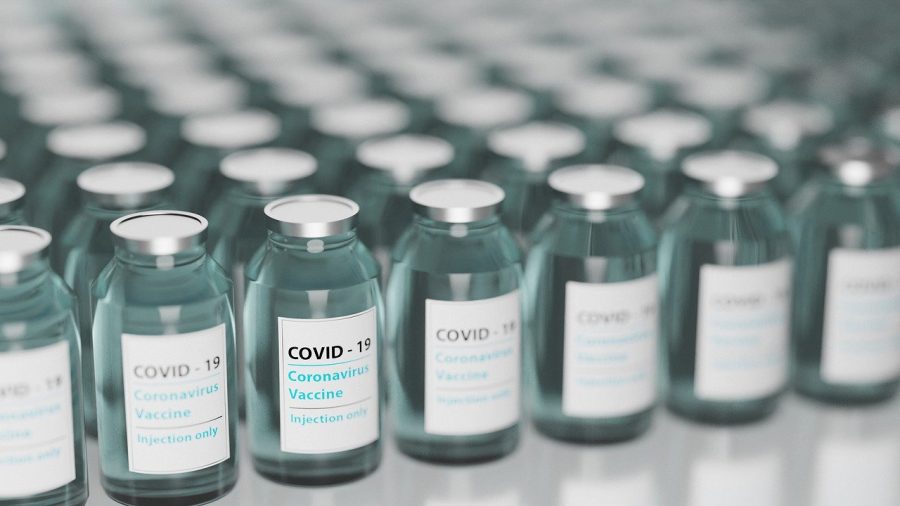Vaccines are Out, But What’s Taking Them so Long?
Vials of COVID-19 vaccine lined up to be used by injection.
About a month ago, the FDA issued the first emergency use authorizations (EUA) of two of the COVID-19 vaccines. The Centers for Disease Control and Prevention (CDC) then decided that priority of vaccination should go to the healthcare personnel and the residents of long-term care facilities. Next, the CDC recommends that frontline essential workers, senior citizens, and those with underlying health conditions should take the vaccine. Since around 200,000 doses of the vaccine are being given a day, distribution has been slow. So far, around 4.8% of the U.S. population has received at least one shot. By the end of 2020, U.S. officials had planned to ship 20 million doses throughout the country, but the plan wasn’t completely reached. There are a couple of reasons for the lag.
In addition to the holiday break that was just a week after the vaccination process started, there were a couple of snowstorms that slowed down the transportation process. Because the vaccines had started being distributed not long ago, the movement from storage warehouses to multiple different vaccinators, pharmacies, and hospitals was still just beginning. Once pharmacies start to be filled up with vaccine doses, things will start to move faster. Director of the National Institute of Allergy and Infectious Diseases, Dr. Anthony Fauci, predicts that soon the number of doses a day should rise to 1 million.
The lack of speed at the start was also partly due to the time it takes to train nurses and provide what is needed to administer the vaccines. This short period of time could only really be started until after the EUAs were issued. Hospitals are also under strain because they have to stagger staff vaccinations while also having to deal with the pandemic.
However, ultimately, the main reason for the lack of speed is because not enough doses of the vaccine have been made available yet, much less shipped to states and actually administered. As vaccinations start to open up to those of ages 65+, the supply will start to struggle. Demands might not be able to be met for months. These bumps in the vaccine delivery process were to be expected, said Dr. Nancy Messionner, director of the National Center for Immunization and Respiratory Diseases. To start to increase the pace in the United States, the government has been working to release all the available vaccine doses as well as adding more places to give vaccinations.
Other countries are preordering doses of the vaccine, some more than others. For example, according to Airfinity, Canada has preordered enough doses to cover nine per person, while other countries like Indonesia, haven’t preordered enough doses to cover the two doses needed per person. By the end of this year, the developers of the three most widespread vaccines (Pfizer, Moderna, and AstraZeneca) predict to produce 5.3 billion doses total, which is enough to cover between 33 and 40 percent of the world’s population. However, those in lower-income countries might even have to wait a couple of years before receiving the vaccine.
According to HHS.gov, CDC, USA TODAY, and nature.com

